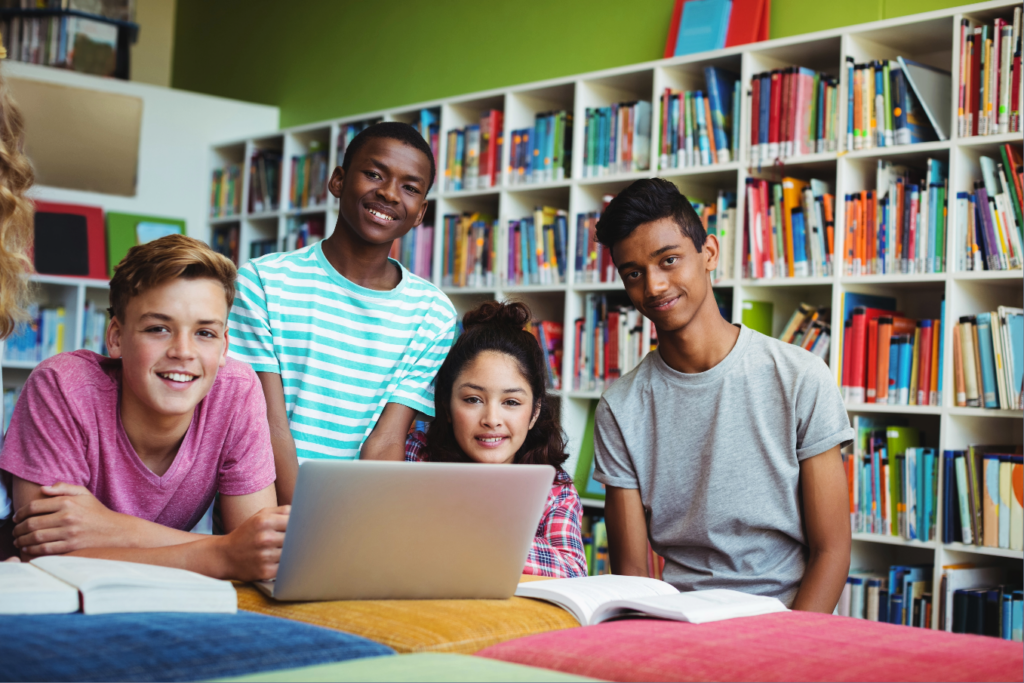Every teacher understands the importance of fostering problem-solving skills in their students. These skills not only help students navigate academic challenges, but they also translate into valuable tools for life beyond the classroom. In this article, we’ll delve into the reasons why it’s crucial to develop these skills and provide practical strategies you can implement in your classroom right away.
Why is Developing Problem Solving Skills Important?
Problem-solving skills are a crucial part of a well-rounded education. They encourage critical thinking, enhance creativity and flexibility, and equip students with the resilience needed to tackle obstacles head-on.
- Real-World Application: Problem-solving skills aren’t confined to solving math problems or decoding a science experiment. They are applicable in everyday life situations, from resolving conflicts to making important decisions.
- Enhances Creativity and Critical Thinking: Problem-solving activities often require students to think outside the box and use their critical thinking abilities. This stimulates creativity and fosters innovative thought.
- Boosts Confidence: As students improve their problem-solving abilities, they gain confidence in their skills. This confidence can positively influence their academic performance and personal life.

Strategies to Develop Problem Solving Skills
There are numerous ways to incorporate problem-solving skill development into your classroom. Here are a few effective strategies:
- Project-Based Learning: Projects that require planning, execution, and evaluation naturally involve problem-solving. For example, a project where students need to build a model bridge within a budget encourages them to solve logistical and financial problems.
- Group Work: Group work allows students to face and solve problems together. It encourages communication, cooperation, and collective problem-solving. For example, a group assignment on preparing a presentation on an environmental issue can encourage problem-solving related to information gathering, presentation design, and time management.
- Encourage Questions: Encourage students to ask and answer their own questions. This promotes independent thinking and problem solving. For example, instead of giving the answer to a complicated math problem, guide them towards the solution by prompting them with questions.
- Role-play Scenarios: Role-play scenarios can help students develop problem-solving skills by putting them in hypothetical situations and asking them to come up with solutions. For example, a role-play scenario where a student has to navigate a disagreement between friends can help them develop conflict resolution skills.
Real-World Example
As a school leader, I’ve seen the power of problem-solving skills firsthand. I remember a group of students who were working on a community garden project. They faced numerous challenges, like budget constraints and unpredictable weather. Despite the hurdles, they didn’t give up. Instead, they came up with creative solutions, such as fundraising to cover costs and building a small greenhouse for year-round gardening. This project not only enhanced their problem-solving skills but also their resilience and team collaboration.
Concluding Thoughts
Developing problem-solving skills in students is a crucial aspect of education that extends beyond academic success. By incorporating problem-solving activities into your teaching, you’re equipping your students with a tool that will serve them in all facets of life. Remember, the best learning happens when students are actively engaged, so make problem-solving a fun and integral part of your classroom culture.
FAQ
1. What are problem-solving skills?
Problem-solving skills are abilities that help individuals define problems, analyze potential solutions, and implement effective strategies to solve problems.
2. Why are problem-solving skills important for students?
Problem-solving skills are important as they foster creativity, critical thinking, and resilience. They are applicable in real-world situations and can boost student confidence.
3. What are some strategies to develop problem-solving skills in students?
Strategies can include project-based learning, group work, encouraging questions, and role-play scenarios.
4. How can I make problem-solving activities engaging for students?
Making problem-solving part of a larger project or group work can make it more engaging. Also, try to relate problems to real-world situations that students find relevant.
5. How can I assess my students’ problem-solving skills?
You can assess problem-solving skills through direct observation, group project participation, and individual assignments that require problem-solving.





